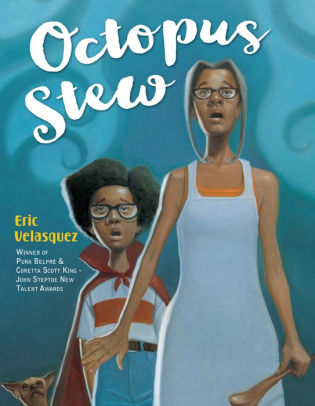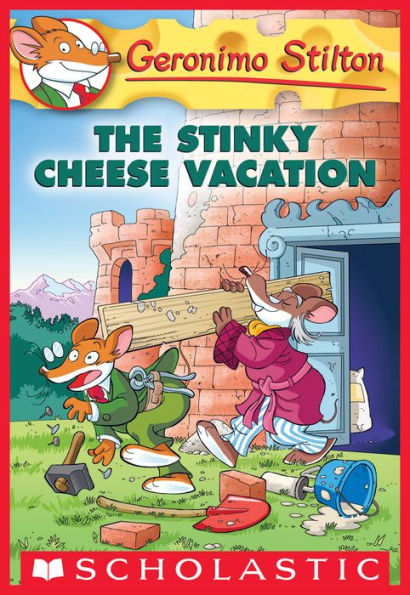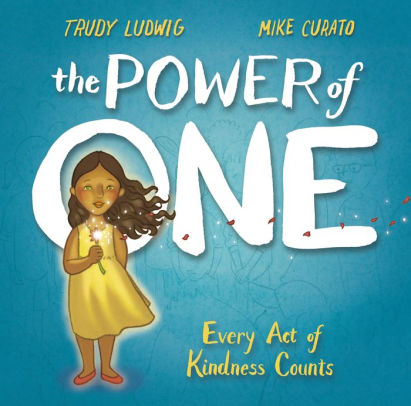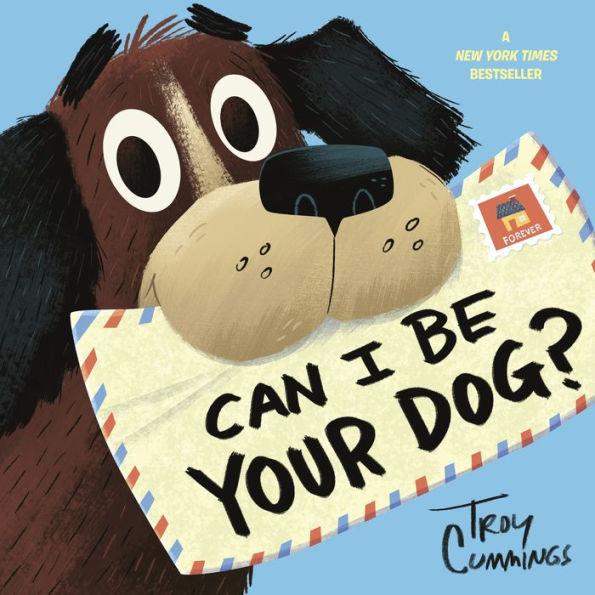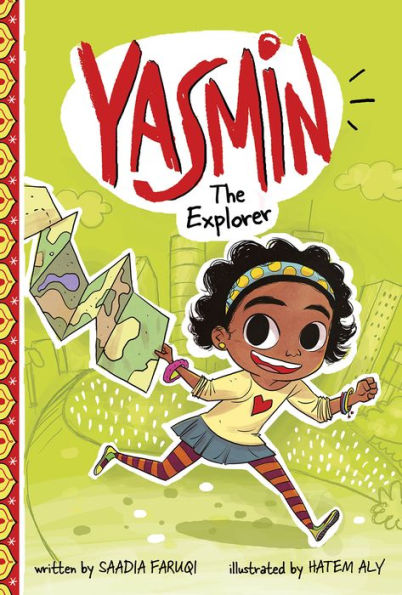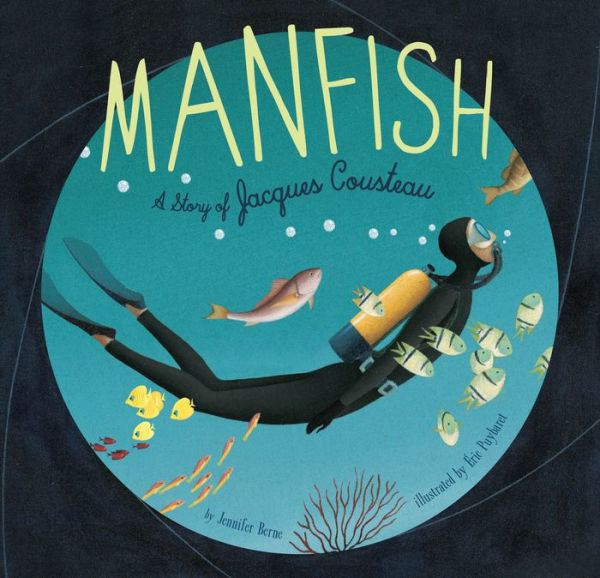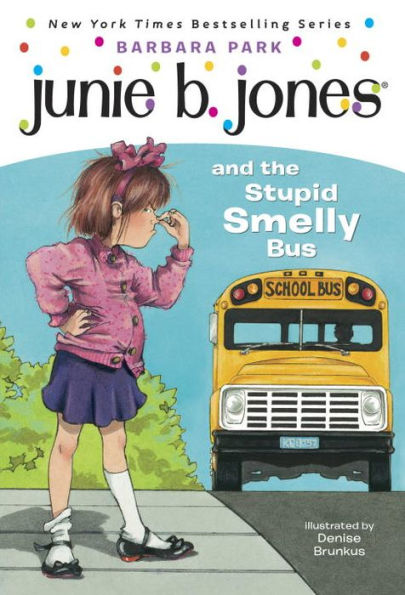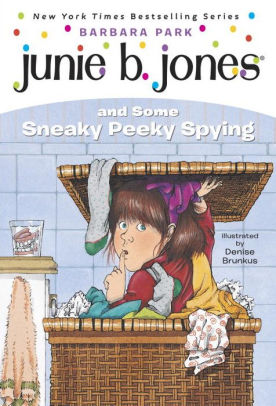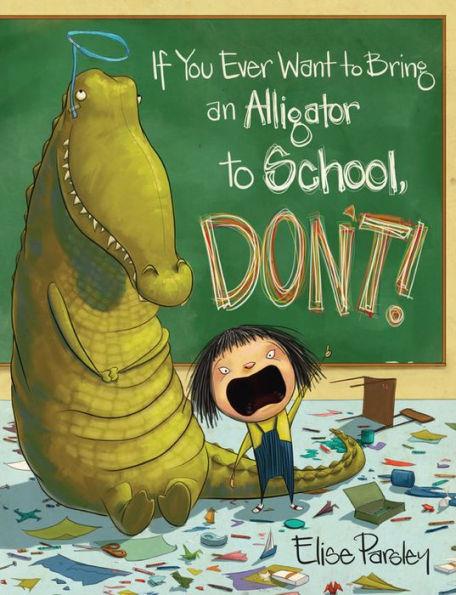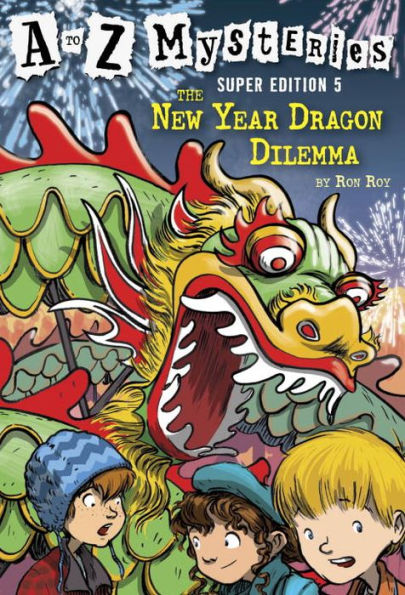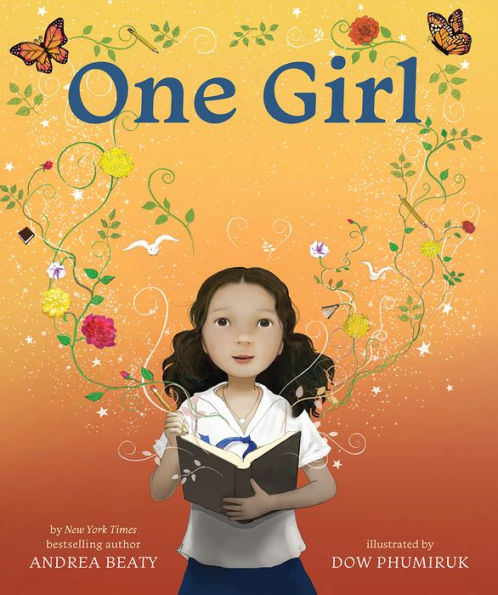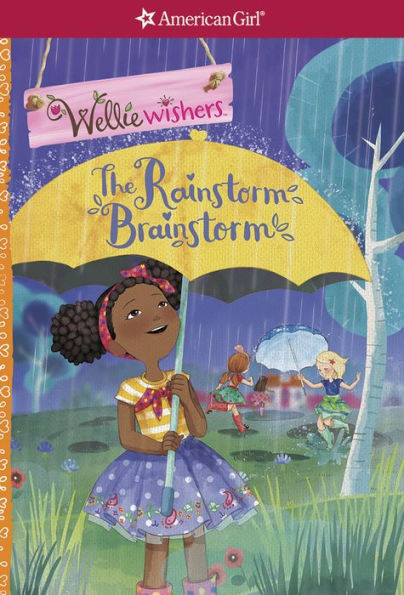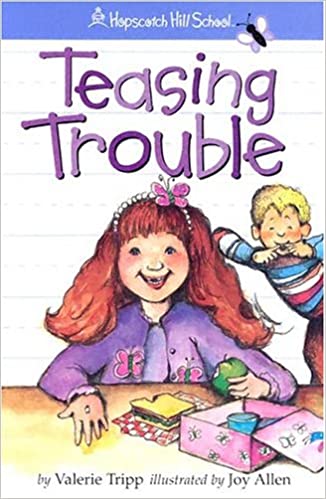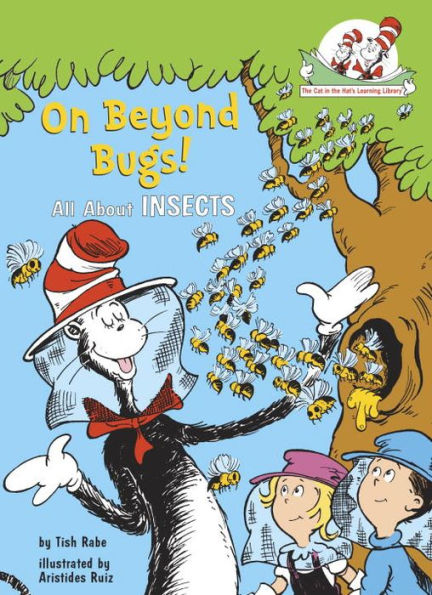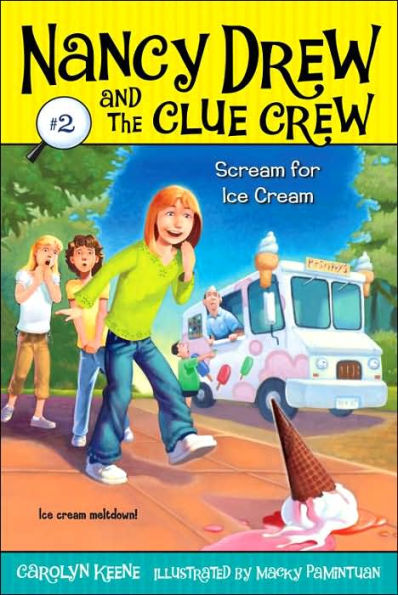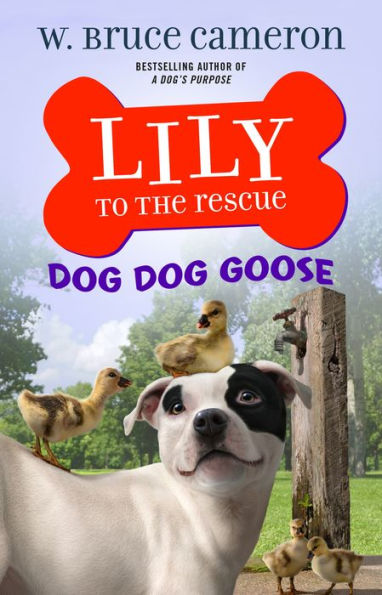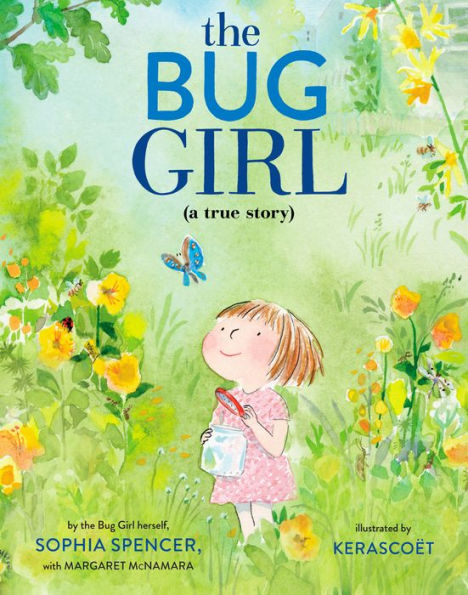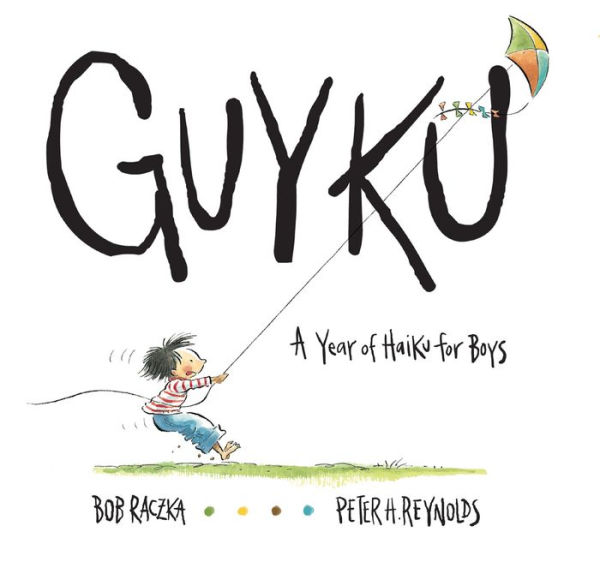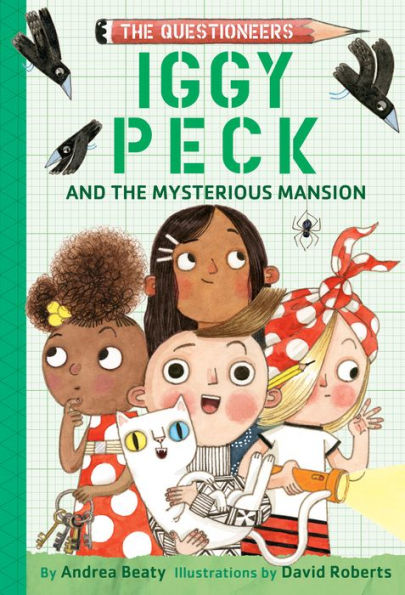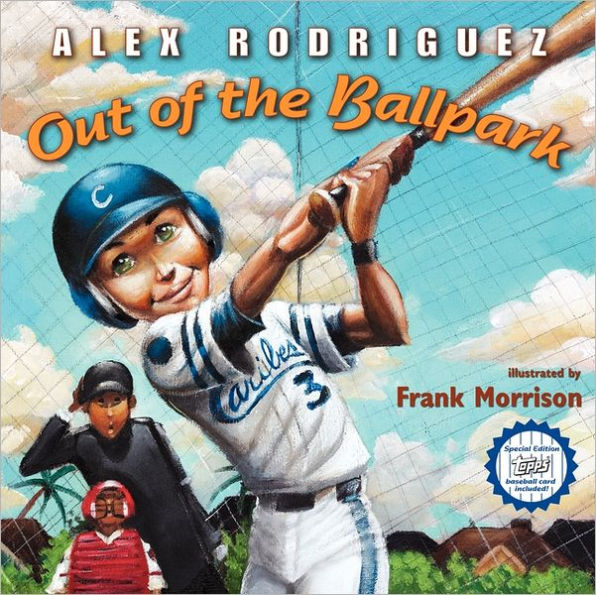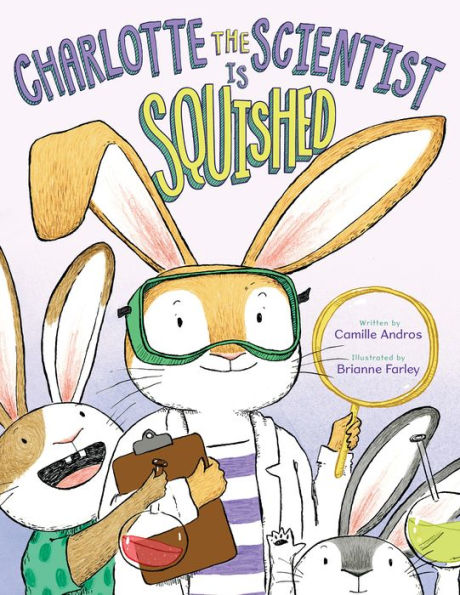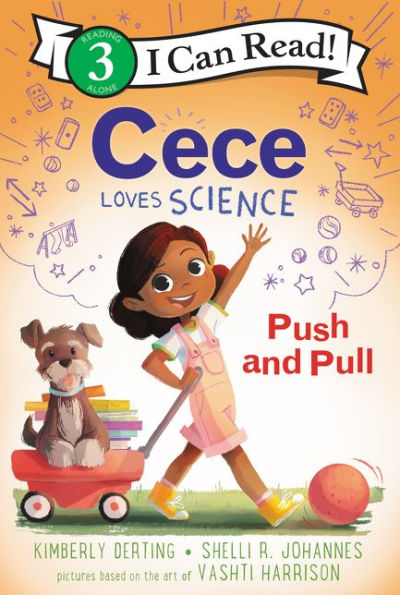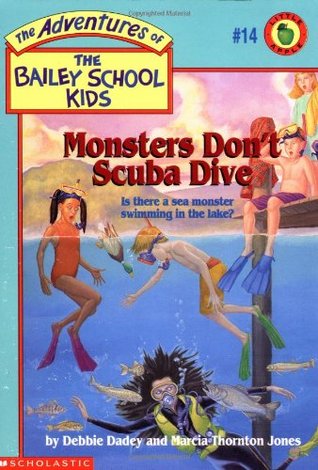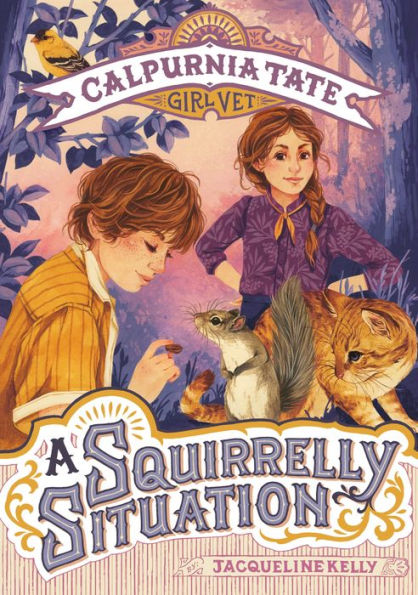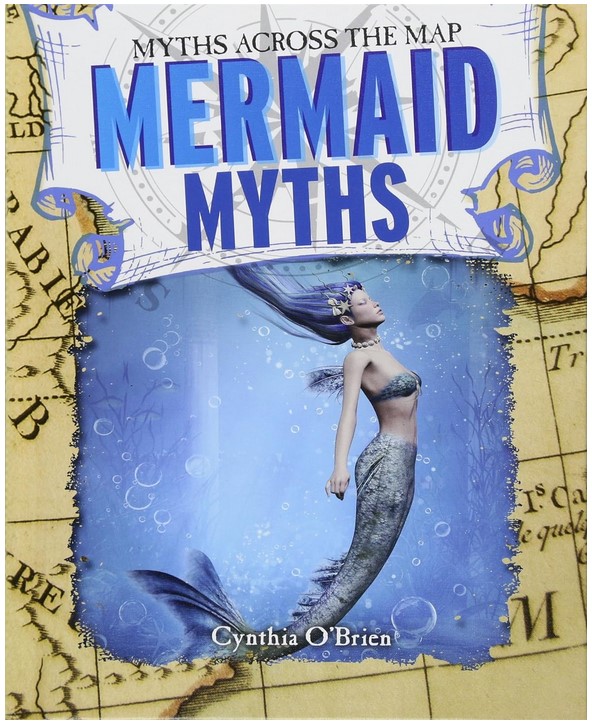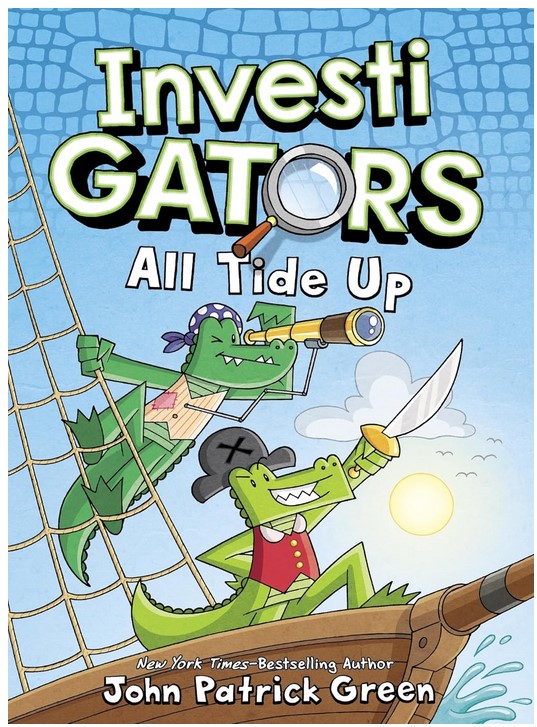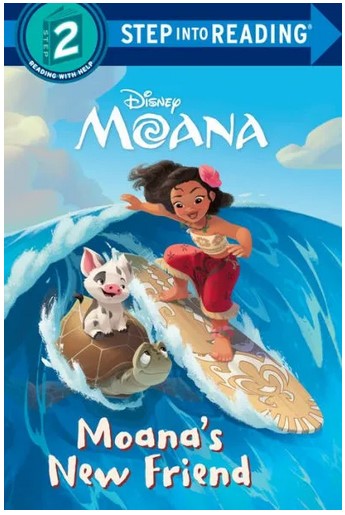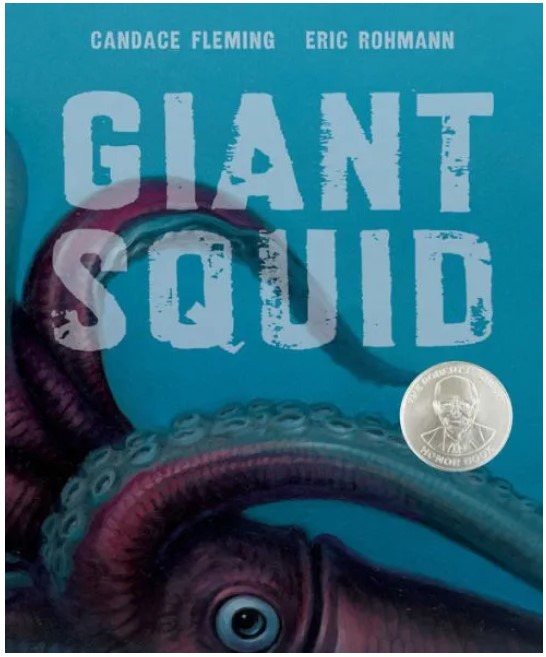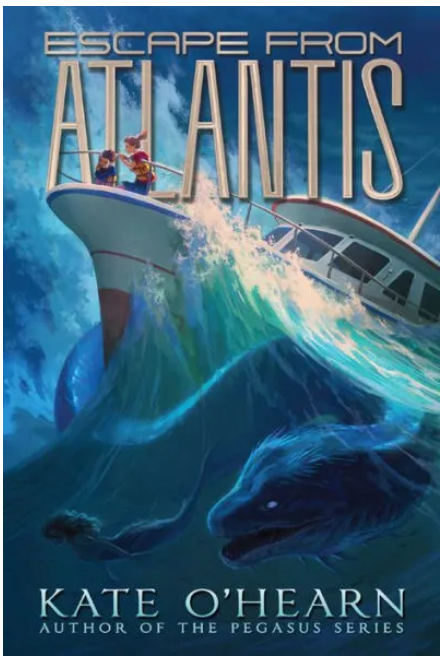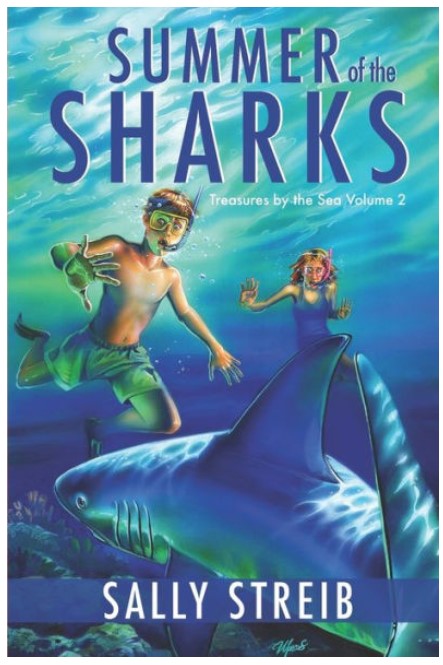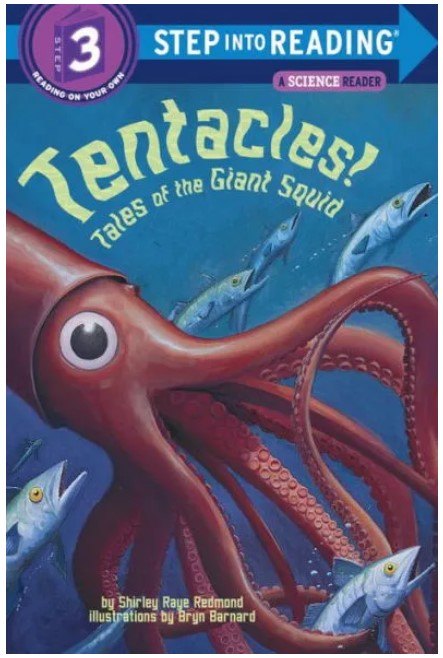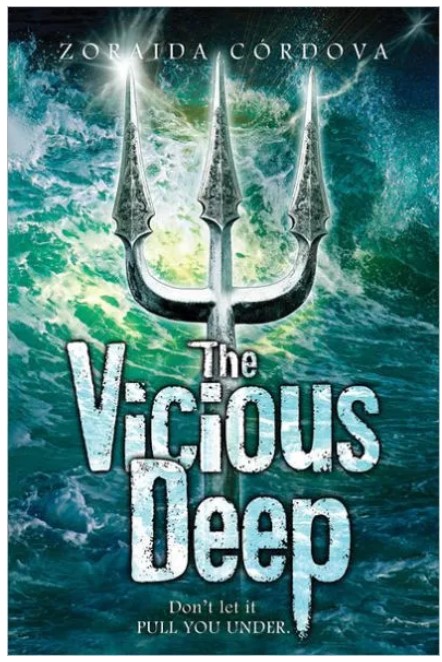Ramsey loves to wear his superhero cape, but he never thought he’d ever become an actual superhero. That all changes one afternoon when Ramsey is at his grandma’s house and his grandma decides to make pulpo guisado, octopus stew. When Ramsey and his grandma go to the supermarket, Grandma chooses the biggest octopus in the store. Grandma scrubs the octopus and puts it in the pot, and that’s when the trouble begins.
The octopus grows and grows. When it grows out of the pot, the octopus grabs Grandma and refuses to let her go. Determined to save his grandma, Ramsey grabs his superhero cape. Will Ramsey be able to save his grandma? Or will the octopus have her for dinner?
Ramsey’s tale comes to life in full-colored illustrations that are at times humorous. The oil-painted illustrations pop with bright colors. Young readers will relate to Ramsey, who gets stern looks from the adults in the story. Readers will also appreciate Ramsey’s facial expressions which are full of emotion. The family dog gets a starring role in the illustrations, and readers will love looking for him in each of the story’s pictures. Even though the octopus grabs Grandma in his huge arms, his appearance adds suspense without much little fear factor. The conclusion is surprisingly sweet.
Ramsey’s family is Afro-Latino and the family’s love of telling stories is apparent. The story includes a central foldout that contains a humorous surprise. Octopus Stew would be the perfect introduction to tall tales and will encourage readers to tell their own family stories.
Octopus Stew makes a wonderful read-aloud book because it’s packed full of sound words such as bloop, kerchunk, and thum! The English text intertwines with Spanish phrases and reflects the author’s family, who spoke non-standard Spanish at home. A glossary provides definitions and pronunciations of the Spanish phrases. However, the story’s context clues are sufficient to understand the Spanish words’ meanings.
Even though Octopus Stew is a picture book, the story is intended to be read aloud to a child, rather than for the child to read it for the first time independently. Each page of the picture book has 1 to 3 complex sentences. A recipe for octopus stew is included at the end of the book.
Octopus Stew shows how oral storytelling can be fun for families, and the story will encourage readers to create a tall tale of their own. The wonderful illustrations and the unique plot make Octopus Stew an entertaining story that kids will love. In addition, the illustrations have enough detail to capture readers’ attention. Octopus Stew is a family-oriented story that will appeal to a wide range of readers who enjoy the humor, suspense, and surprising conclusions.
Sexual Content
- None
Violence
- A huge octopus grabs Grandma and holds her in the air.
- The octopus “attacked, spraying ink all over my [Ramsey’s] drawing.”
Drugs and Alcohol
- None
Language
- None
Supernatural
- None
Spiritual Content
- None
